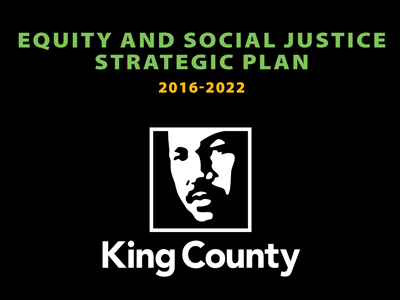Example 1: Promoting healthy diets and physical activity among children and youth
Here are selected strategies for changes in elementary, middle, and high schools to reduce dietary risk for chronic disease (from the Center for Community Health and Development's Reducing Risk for Chronic Disease: An Action Planning Guide):
- Integrate health and nutrition activities into existing student organizations
- Enact and enforce state nutritional guidelines for school lunch programs and daycare services
- Monitor and provide feedback on nutritional quality of foods available in cafeterias, concession stands, and vending machines
- Place point-of-purchase information about healthy choices in cafeterias and vending machines
- Make available healthy snacks in vending machines, concession stands, and cafeterias
- Implement age-appropriate health and nutrition curricula
Example 2: Preventing youth violence
Here are selected strategies for changes in the criminal justice system to reduce youth violence (from the Center for Community Health and Development's Preventing Youth Violence: An Action Planning Guide):
- Communicate information about levels of violence and gang-related activity through the media
- Establish reward programs for tips leading to arrests for illegal weapons sales
- Establish a "silent witness hotline" for reporting incidents of violence
- Establish neighborhood watch programs
- Provide awards to police and citizens who contribute to the prevention of youth violence
- Establish crisis intervention teams to deal with domestic disputes
- Community education in monitoring violence and gang-related activity
- Remove "crack" houses in affected neighborhoods
Example 3: Promoting highway safety
Selected strategies for encouraging states and communities to promote adherence to traffic laws follow (from the National Highway Traffic Safety Administration's Strategic Execution Plan):
- Award demonstration grants to states and communities for traffic safety initiatives, particularly involving alcohol, speed and safety belts.
- Promote and distribute Campaign Safe and Sober materials. Collaborate with national organizations to implement traffic safety and enforcement programs.
- Provide technical assistance, training and educational materials to law enforcement, prosecutors, judges and community activities.
Example 4: Equity and Social Justice Strategic Plan

The six-year Equity and Social Justice Strategic Plan represents a critical opportunity for King County to do ground-breaking work:
- Applying a theory of change that fundamentally shifts the county away from policies and practices that react to problems and crises toward investments that address the root causes of inequities, ultimately leading to better quality of life and greater prosperity in all of their communities.
- Balancing a bold vision with actionable and measurable objectives.
- Allowing for innovation and adaptability across King County government to help them be dynamic and culturally responsive, moving towards the goal of being racially justice internally and in the community.
Their Equity and Social Justice strategies as One King County are to invest upstream and where needs are greatest, in employees and in community partnerships. And they will do this with accountable and transparent leadership.



